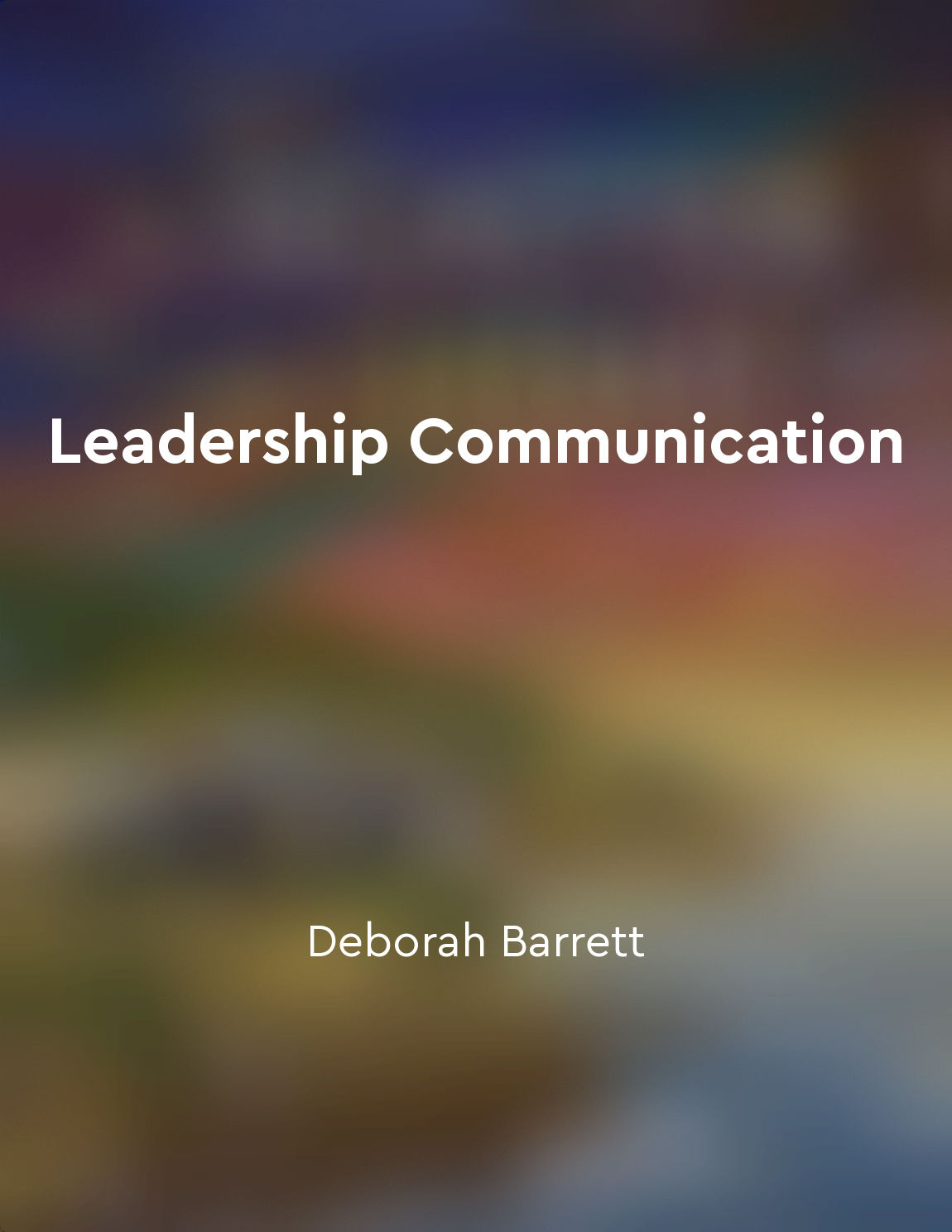Audio available in app
Gestures and body movements can enhance or detract from the message from "summary" of The Silent Language of Leaders by Carol Kinsey Goman, Ph.D.
When you are communicating as a leader, your gestures and body movements can either help or hinder the message you are trying to convey. Nonverbal cues such as facial expressions, hand movements, and posture play a crucial role in how your message is perceived by others. By being aware of your body language, you can ensure that it aligns with the words you are saying, reinforcing your message and building trust with your audience. Gestures can be particularly powerful in enhancing your message. For example, using open hand gestures can convey honesty and openness, while pointing fingers can come across as aggressive or accusatory. Matching your gestures to the tone of your speech can help emphasize key points and engage your audience. Additionally, mirroring the gestures of others can establish rapport and create a sense of connection. On the other hand, certain body movements can detract from your message if they are misinterpreted. For instance, crossing your arms can signal defensiveness or resistance, even if that is not your intention. Fidgeting, avoiding eye contact, or slouching can also project a lack of confidence or disinterest in what you are saying. Being mindful of these nonverbal cues can help you project an image of authority and credibility.- The silent language of gestures and body movements can speak volumes about your leadership style and influence how others perceive you. By paying attention to these nonverbal cues and ensuring they align with your verbal message, you can enhance your communication effectiveness and build stronger connections with your team. Remember that actions speak louder than words, and your body language can either reinforce or detract from the message you are trying to convey.
Similar Posts

Practicing mindfulness can improve social interactions
When we are fully present in a social interaction, we are able to truly connect with the other person. Mindfulness allows us to...
Confidence is persuasive
Confidence is a powerful tool when it comes to influencing others. People are naturally drawn to those who exude self-assurance...

Tailoring communication to different audiences is a key skill for effective leaders
Effective leaders understand the importance of adapting their communication style to suit the preferences and needs of differen...

Cultivate a positive mindset
Having a positive mindset is crucial for success, happiness, and overall well-being. It involves intentionally focusing on the ...
Inspire creativity and innovation
To inspire creativity and innovation in your team, you should start by fostering a culture where people feel safe to share thei...
Learning to control your emotions can prevent you from being manipulated
Learning to control your emotions is crucial in protecting yourself from being manipulated by others. Emotions can cloud our ju...
Active listening reduces misunderstandings
Active listening is a powerful tool that can help us improve our communication skills and avoid misunderstandings. When we enga...
Adapt your communication style to match the person you're speaking to
To truly connect with someone, you need to speak their language. No, I don't mean literally speaking French or Spanish. I'm tal...

Small actions and behaviors can have a big impact on group dynamics
In the intricate world of group dynamics, small actions and behaviors possess a remarkable power. They may seem insignificant o...

Personal space and touch boundaries vary across cultures and individuals
The way people perceive personal space and touch can differ significantly depending on cultural background and individual prefe...

